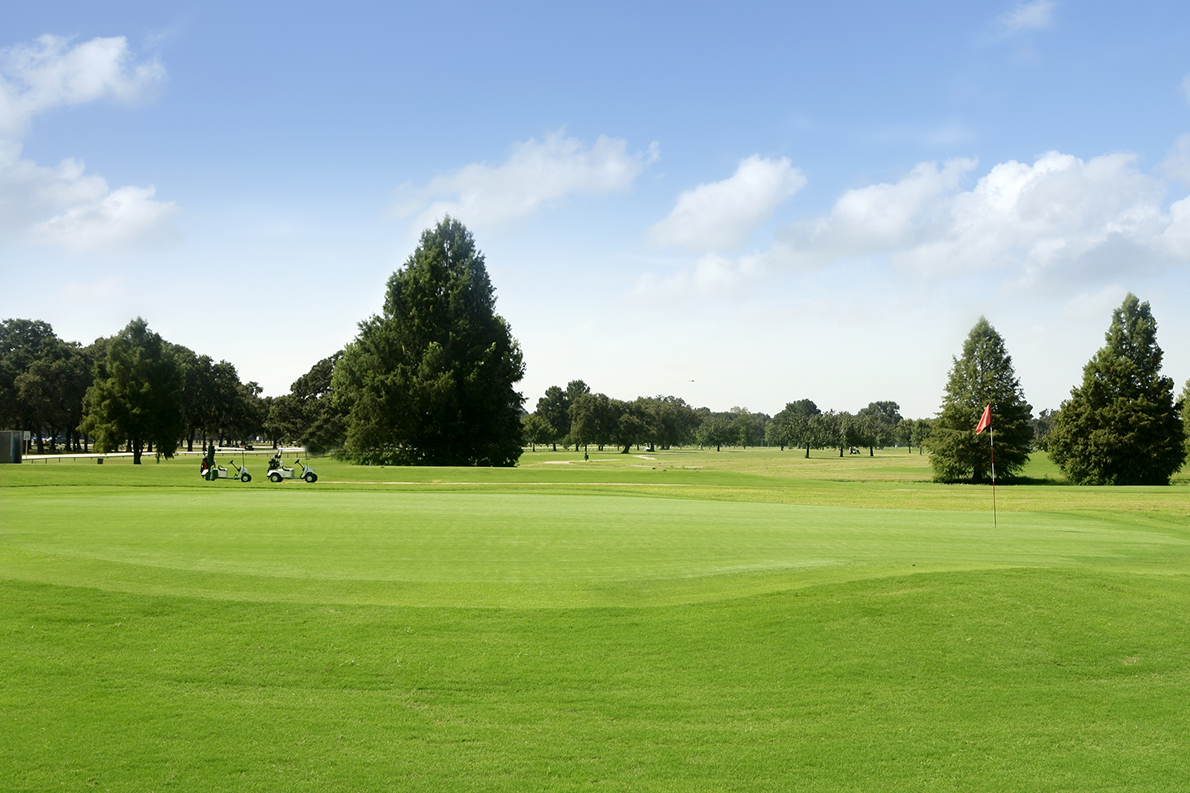
Frequent, low inputs are key to Springtime turfgrass care.
Springtime Means Light, Frequent Inputs
Posted in Best Turf Management Practices, General by Curtis Williams
By DALE MILLER, AmeriTurf Agronomist
Another growing season is upon us, and we have seen a range of conditions across golf courses this year so far.
Those that are in tune with Carbon-based programs, high efficiency fertility, building carbohydrates in the fall and maintaining them over the winter seem to be consistently better than those who have not yet committed to this type of fertility.
The biggest mistake I continue to see early season is pushing the grass too soon, before it is ready, and the soil temps, microbial activity is high enough.
Depending on location, it is not uncommon to see fluctuations from freezing to 80 degrees in March and April, and it is very important not to push the plant to the point of weakened cells, excess Nitrogen and depleted turfgrass root systems.
Look for the signs of things to come:
• Good roots with cool season grasses, means you did a good job in the fall as well as over the winter of managing carbohydrates and excess growth.
• Good stolon’s and rhizome’s on Bermuda or other warm season grasses means the same.
• If you are seeing short, spindly, roots, rhizome’s or stolon’s then you need to be very careful how hard you push until the plant has established reserves and temperatures are warm enough for the plant to operate on its own.
In the spring months, use of Amino Acid-based products and light, frequent applications of available nutrients will be best.
Focus on increased Calcium inputs with slightly elevated Potassium levels and adequate Magnesium, Phosphorus. Notice that I did not say elevated Nitrogen inputs.
Calcium will help build root systems and root mass along with improved cell wall structure and a much stronger plant.
Potassium will help with water management and nutrient flow through the plant.
Magnesium in short day lengths will improve chlorophyll production and photosynthesis.
Phosphorus will improve plant energy and response.
These with appropriate levels of Nitrogen, not excessive, will prove very successful and not tax the plant.
Amino Acid-based fertility this time of the year provides the optimal carbon source when the plant is not fully functional. This helps manage early season stress and plant response.
Remember, frequency always trumps rate. Apply light, frequent applications if you’re in need of improvement, not higher amounts.
If the above is not adequate and a bit more stimulation is needed, look to products like OxyCal, Agra Rouse or Photo Boost to stimulate the plant.
See your AmeriTurf Sales Consultant or Agronomist for solutions, rates and programs for success.